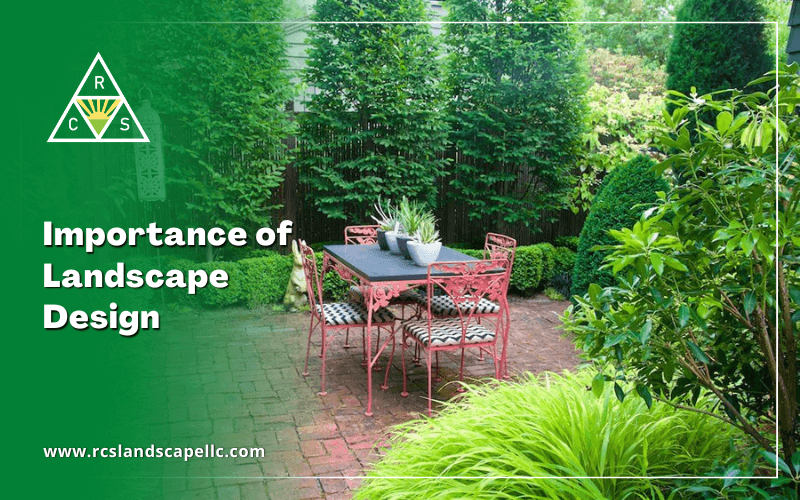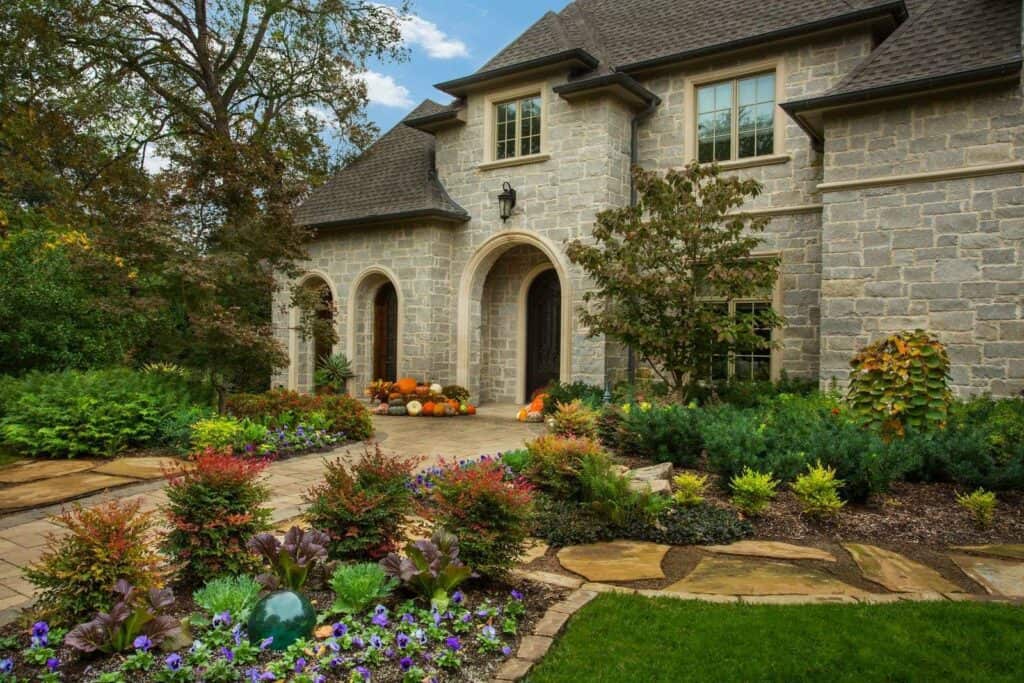The Ultimate Guide To Landscape Design
The Ultimate Guide To Landscape Design
Blog Article
Landscape Design Can Be Fun For Anyone
Table of ContentsThe Only Guide for Landscape DesignThe Best Strategy To Use For Landscape DesignA Biased View of Landscape DesignThe 9-Minute Rule for Landscape Design
When creating a household landscape, one of the most essential step is to place an intend on paper. Developing a plan of attack will certainly save you time and money and is more probable to lead to an effective layout. A master strategy is established through the 'design procedure': a detailed method that considers the ecological problems, your wishes, and the aspects and concepts of design.The five actions of the layout procedure consist of: 1) carrying out a site inventory and analysis, 2) identifying your demands, 3) developing useful representations, 4) developing theoretical style plans, and 5) attracting a final layout strategy. The very first three actions establish the visual, practical, and gardening demands for the design. The last 2 steps after that use those demands to the development of the last landscape plan.
This is an essential action for both plant choice and positioning and locating household activities and features. It is essential due to the fact that the same environment conditions that impact the plantstemperature, humidity, rain, wind, and sunlightalso affect you, the customer. The following step is to make a list of your needs and desiresthis aids you determine exactly how your backyard and landscape will be utilized.
The functional diagram is then used to locate the activity rooms on the website and from this diagram a theoretical strategy is developed. The last step is a last layout that includes all the hardscape and growing information that are essential for setup. Throughout the layout process there are 10 essential things to take into consideration: for plant selection and activity place by considering what you desire and require to help establish forms and organize areas by marking activity areas and relating to aspects for both the environment and the individual by utilizing massing and layering methods such as change locations and focal factors in the products, the shades, and the surface area appearances for the development and maintenance of plants by utilizing lasting design techniques A comprehensive stock and analysis of the site is important to identify the environmental problems for plant growth and the most effective usage of the website.
Landscape Design Things To Know Before You Buy
It is always best to make use of plants that will certainly flourish in the existing soil. Where plants expand well, keep in mind the soil problems and make use of plants with similar expanding demands.

Sun/shade patterns, the amount and size of exposure to sunlight or shade (Figure 1), produce microclimates (occasionally called microhabitats) - Landscape Design. Recording website conditions and existing greenery on a base map will certainly disclose the place of microclimates in the lawn. Plants normally come under one or 2 of 4 microclimate categories-full sun, partial shade, color, and deep shade
Not known Facts About Landscape Design
Utilities such as power lines, septic containers, below ground energies and roof covering overhangs determine plant place. Use a land surveyor's plat of your web link residential or commercial property for the boundaries and location of your home.


Determine the time and money you are willing to put into maintaining the plants and hardscape-be practical concerning your purposes and capability. Suggested usage locations. Credit Report: Gail Hansen, UF/IFAS There are numerous various landscape layout styles- from straightforward to complex, but it is practical to select one to guide your plant and material selection.
Numerous people discover it helpful to search in gardening magazines and publications for concepts. This is a great start, but realize that the gardens in the images were picked due to the fact that they are impressive examples. you could try this out Check out the images with a critical eye to collect ideas that you can adjust to your passion degree, your spending plan and your website.
Choose if you desire to open your yard, shut your yard, or a little of both, to these sights (Landscape Design). To put it simply, do you desire the garden to confine the area around you and connect mostly to your home, or do you want the yard to open views and look outward, connecting to the environments? This will give you a beginning indicate think of a theme
The 10-Second Trick For Landscape Design
Every garden needs to have a type motif, however not all yards have a design motif. Several residential gardens have no particular style other than to mix with the home by duplicating information from the style such as products, shade, and form.
In a form style the organization and form of the areas in the yard is based either on the form of your house, the form of the areas in between the home and the residential or commercial property boundaries, or a favorite shape of the home owner. The form motif establishes the form and company (the layout) of the areas and the links between them.

Report this page